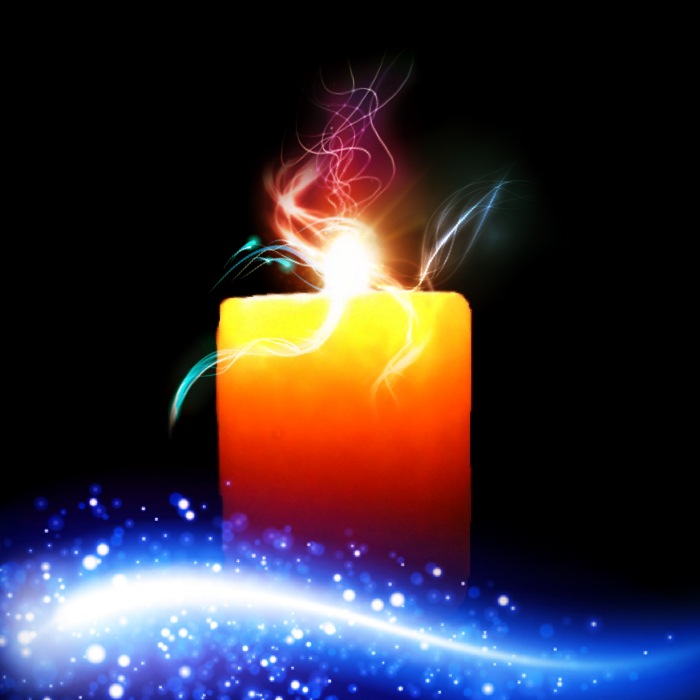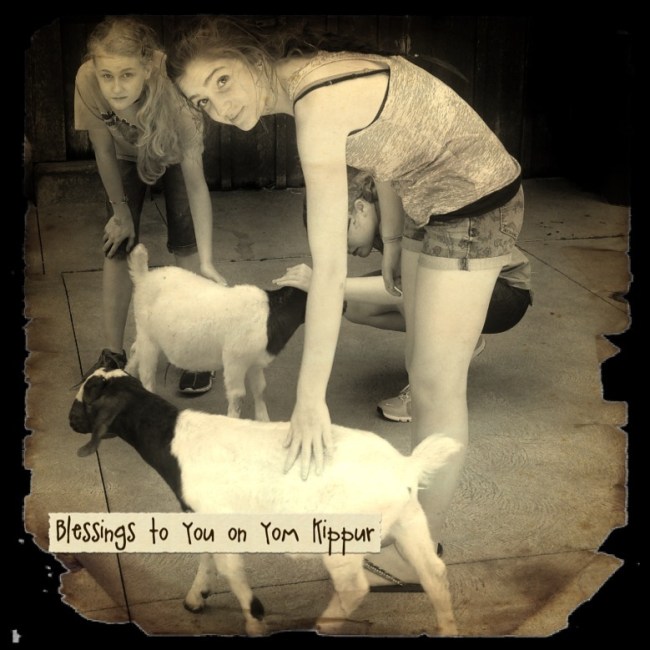A Little More About Christmas….

So, This Is Christmas….
What Actually Happened, What May Have Happened and What We Think Might Have Happened
A Long Time Ago In A Manger Far, Far Away…..
A man named Joseph and a woman named Mary were engaged. They were not wealthy. We know this as a fact as they gave two young doves, or pigeons as a sacrifice at the Temple when Jesus was presented. This was the alternate sacrifice for the poor, who could not afford a lamb. (Lev 12: 8, 24) We are later told that Joseph is a carpenter, but the word we translate as carpenter is a broad term, which may be ship builder (which would explain why Jesus’ disciples tended to be people who had boats), handyman, or actual carpenter, as we typically see portrayed. Regardless, he was a man who did manual labor, and not in an elite position in society.
The couple was engaged, but the marriage had not been consummated. As per tradition, the paperwork had been signed, and it was a time for Joseph to prepare a home for his family. When this was complete, the couple would officially wed and the marriage would be consumated. There would be a celebration, and the couple would begin their lives in their new home.
An angel appears to Mary and reveals that she will conceive, though she is a virgin, and that her son will be the Son of God. To confirm that this is true, the angel reveals that her elderly, barren, relative, Elizabeth, is now in her sixth month of pregnancy, which is also a miracle. Elizabeth is the mother of John the Baptist. (Luke 1)
As was a custom of the time, Mary is sent off to stay with Elizabeth, to learn what childbirth entails. Elizabeth is the wife of a highly respected high priest, whose pregnancy was foretold at the Temple, when her husband was given the duty of entering the Holy of Holies to commune with God. This was a time when the nation longed for a word from the Lord, and the word was that Elizabeth would bear a child. This high priest’s wife, who is now considered blessed by God in the same manner as the matriarchs Sarah, Rebekah and Rachel would be beyond reproach, and a woman, likely young, who had conceived out of wedlock would soon arrive at her home to be part of this birth…. Elizabeth greets Mary wonderfully, stating that the child in her womb bore testimony to the importance of the child Mary is pregnancy with. There is no shame, only welcome from this expectant mother, whose reputation could have suffered through her association with her cousin. (Luke 1) (Zechariah, Elizabeth’s husband and high priest, will later be killed between the altar and the Temple while performing his duties. It is speculated that their son, John the Baptist, was also on Herod’s list of babies to be killed, as the prophecy of his birth indicated he would be a great man, and thus a potential threat to the king. Zechariah may have hidden Elizabeth and his son with the Essenes in the desert, which would explain John’s dress and spartan lifestyle as well as his affinity for baptism and desert preaching. It would also explain why John and Jesus did not know each other well. Mt 23: 35)
Joseph, a good man, did not seek to turn Mary over to the authorities, but instead sought to divorce her quietly, likely to allow her to wed the father of her baby, without shame or punishment. An angel comes to his in a dream and assures him that Mary has conceived by the Holy Spirit as she has said, and that he is to wed her. (Matthew 1)
What Joseph and Mary do next is a bit odd. Typically, if you were going to marry a pregnant woman, you would do so quickly to avoid scandal, and, although people would know the baby came a bit early, they would overlook the fact, and allow everyone to save face, assuming the marriage was merely consummated by the couple a little earlier than it was supposed to be, which likely happened at times…. Mary and Joseph however do not officially wed until after Jesus is born, letting everyone know that Joseph is not the father of her baby. Why would they do this? The only reason that makes sense is that they did not want anyone to doubt that this was God’s son, even though the disgrace would follow them, and their child, throughout their lifetimes. Jesus will later be referred to as the ‘son of Mary,’ a title which is not commonly used and likely indicates that others know that he is not Joseph’s biological child. (Mark 6: 3)
Just to complicate matters, a census is called. Now the Roman order for everyone to go to their households was likely not meant as the Jewish people interpreted it. For the Romans, their household was the house they lived in most days, and they were to remain in one place during the census so they would only be counted once. For the Jewish people, this was an order to return to their ancestral land to be counted as part of their tribe, like other censuses in the Bible. Both Joseph and Mary were of the tribe of Judah, and descendants of king David. Their ancestral land was in Bethlehem, a small town. Unfortunately, kings tend to have lots of wives and lots of children, and by this time the number of people who also called Bethlehem ‘home’ was significant. By the time the pregnant Mary arrived, there were no rooms to be found.
There is some controversy over where exactly Mary and Joseph ended up. Some claim it was an actual manger with animals. This may be true as Mary would be seen as unclean and needed a place away from others. Others say it was more of a cave, where animals were sheltered. Other say it was a room in the house where animals would be allowed in during times of cold weather. Regardless of where it was, it was not ideal.
There is also debate as to the timing of Jesus’ birth. At the time death days, to remember a dead loved one, were more likely to be celebrated than birth days, and the exact date of Jesus’ birth is not recorded in scripture. It is very likely that the date is not December 25th, as it is now celebrated. Many speculate the birth was in the spring, using John the Baptist’s birth as a timetable, since we are given a few clues as to when that birth may have occurred, but there are still many assumptions made with that method, such as how far along Mary was, and that Elizabeth conceived very close to the time the prophecy was given. Another speculation is that Jesus was born during the time of the Feast of Booths (aka Feast of Tabernacles, or Sukkot). This would fulfil the meaning of the feast, which is God dwelling with the Israelites. This would not be a full, but a partial fulfillment of this prophecy, as the fall feasts are yet to be fulfilled, and Jesus did not remain on earth with us. I like this thought, but there is no firm evidence for it either.
When Jesus is presented at the Temple, there are two known prophets, Anna and Simeon, a man and a woman who further support Mary and Joseph’s claims regarding the baby. (This is also ‘proof’ that God was not silent as some claim during the time between the Old and the New Testament, as there were known prophets hanging out, whose function is giving messages from God. God was not ‘silent,’ but merely did not give messages that required preserving for generations to come.)
Some of the first visitors to greet Jesus were shepherds, who told by angels that the baby has been born. During this time, the sheep for Passover were kept in the fields between Bethlehem and Jerusalem. The shepherds would witness each lamb’s birth and certify that the lambs born were without blemish, and suitable to the Passover sacrifice. As Jesus is the Passover lamb, it is fitting that these shepherds may be the ones who were also present to visit him shortly after his birth.
Interestingly, there is no mention of Mary or Joseph’s families visiting or helping with the birth, or at any time afterward. As ALL of their extended families would be crammed into little Bethlehem, and the people telling them that there was no room for a pregnant mother were also likely related to them, there is a very real possibility that the couple were treated as outsiders, and the birth ignored, so for anyone dealing with less than ideal relationships at Christmas time, there is evidence that Jesus, Mary and Joseph may have endured similar issues as well…. God/ Jesus being rejected by those who should love Him will be a repeated theme throughout the New Testament.
The next visitors were three kings, or wisemen, from the east. These men knew of prophecies which are not recorded in the Bible and were looking for the promised king. Likely these are descendants, or future disciples, of the three young men (Abednego, Shadrach and Meshack) and Daniel, who did not return to Israel, but stayed with the Babylonians, then Persians and ruled in the regions under the authority of Daniel. They would have studied scripture, as well as any writings Daniel left behind. This included a sign, or star, that foretold the timing of a promised king. Unfortunately, they alerted Herod, a crazy despot who had already killed a few of his children for fear they would take his throne, of the baby’s presence. Their visit likely occurred sometime after the birth. It is celebrated by some Christians on January 6th. For some, this is the day that presents are given, as it is the day that Jesus received his gifts as well. In New Mexico we put out luminarias (farolitas) to light the way, so the three wisemen can find the baby Jesus.
An angel then speaks to Joseph about the dangers to his family in a dream. (As if he and Mary have not already been through enough…) This affirms Joseph’s position as father, even though he is not the biological dad, and says a lot about how God views the man who raises a child who is not his own flesh and blood. The family flees to Egypt, repeating the history of Israel through their actions. God will again speak to Joseph in a dream, letting him know it is safe to return to Israel. This is not ‘proof’ that God speaks to the husband only regarding the family, as some have said, as Samson’s mother, Rebekah and other women who were married to godly men have also heard from God regarding their children as well. (Judges 13, Gen 25:23, 21: 12) When they return, they will settle in Nazareth, a small town where Jesus will grow up. Nazareth means branch and is an obscure fulfillment of yet another prophecy. (Matthew 2: 13, 19)
I hope you enjoyed a few extra tidbits about Christmas!
Have a very Merry Christmas!






